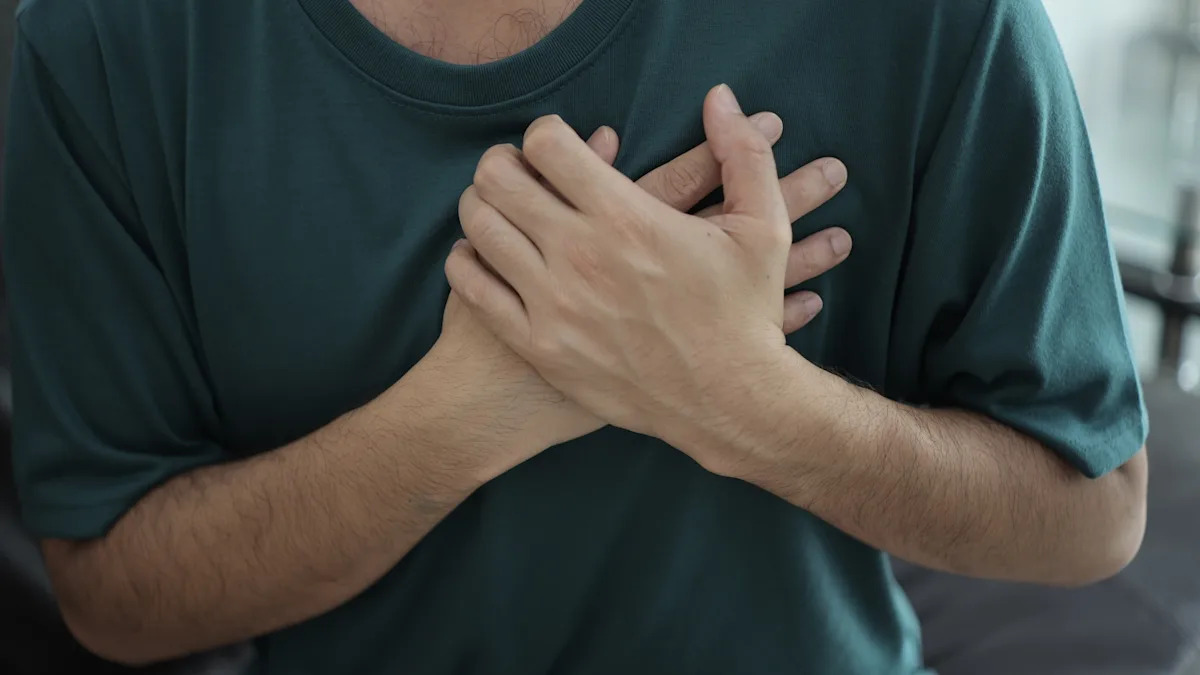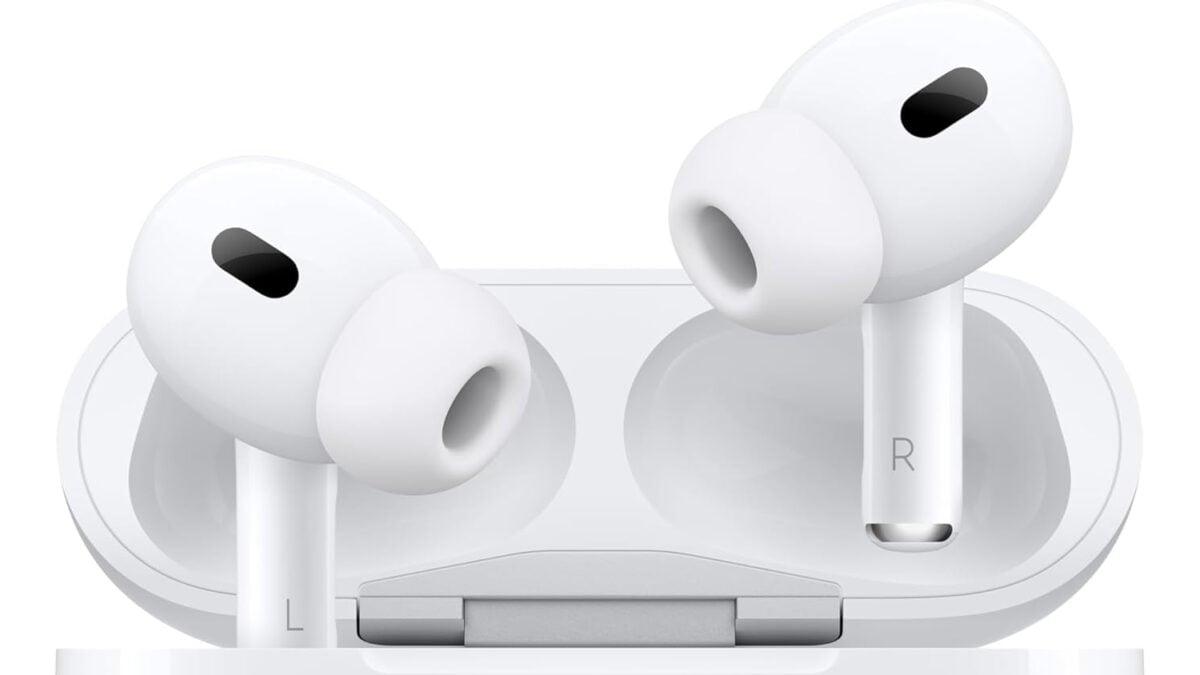For decades, experts have warned that plastic pollution has been quietly infiltrating our air, water, and food. Now, researchers say it may be invading something even more personal — our arteries.
What’s happening?
A new study published in Cardiovascular Research warns that tiny plastic particles — microplastics and nanoplastics — may be emerging risk factors for heart disease. Researchers found that people with detectable plastics embedded in their arterial plaque were 4.5 times more likely to experience serious cardiovascular events, such as heart attacks or strokes, than those without.
These particles, which originate from the breakdown of plastic waste, have already been detected in the brain, lungs, liver, and bloodstream. Now, researchers say their findings on the buildup inside arteries could be reshaping how we understand and prevent heart disease.
Why is this discovery concerning?
The findings add to a growing body of evidence showing that environmental pollution doesn’t just harm ecosystems — it infiltrates our own bodies. Microplastics can act as carriers for toxins like pesticides and heavy metals, triggering inflammation, oxidative stress, and tissue damage.
Heart disease is already the world’s leading cause of death, and the addition of a new, invisible pollutant could make prevention even more complex. The researchers urge public health officials to treat plastics as more than a litter problem and recognize them as a direct human health threat.
These findings echo past studies linking pollution to cardiovascular risk, from air pollution in São Paulo to fine-particle pollution affecting thousands of heart attacks each year.
What’s being done about it?
While scientists continue investigating how plastics enter and accumulate in the bloodstream, prevention starts long before the particles reach us. Cutting down on single-use plastics, regulating production, and cleaning up waste can reduce exposure at the source.
Everyday actions can help too: swap plastic food containers for glass or stainless steel, reuse packaging, and choose natural-fiber clothing that sheds fewer synthetic particles.
As researchers put it, understanding how plastics affect our hearts may mark the start of a new era in “environmental cardiology.”
Join our free newsletter for weekly updates on the latest innovations improving our lives and shaping our future, and don’t miss this cool list of easy ways to help yourself while helping the planet.
First Appeared on
Source link













